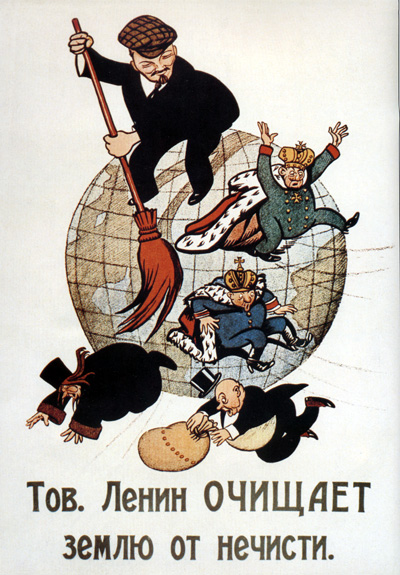Carl Hagenbeck believed that animals should be housed in habitats that mimicked their natural environment. Earlier, he’d followed the same guiding philosophy when exhibiting Indigenous people in “human zoos”
At the turn of the 20th century, the great zoological gardens of Paris, London and New York City would have been hardly recognizable by today’s standards. Animals large and small—those that had evolved to sprint across plains and live half their lives submerged in water—were confined in rows of tiny, barren cages lined with metal bars. “They were often on their own and had nothing natural in their enclosures,” says Karen S. Emmerman, an expert on animal ethics at the University of Washington. At a time when it was difficult to keep exotic animals alive, let alone healthy, in such constrained conditions, giving the creatures freedom to roam outdoors was viewed as a death sentence.
But Carl Hagenbeck, a German animal trader and entertainment impresario, had a different vision of what zoos could be. These animals, he argued, should be able to engage in innate behaviors “in an environment which differed as little as possible from [their] own natural environment.” Ibexes needed mountains to climb. Lions needed grottos for bathing.
When Hagenbeck opened his Tierpark Hagenbeck in Hamburg, Germany, in 1907, it was unlike any zoo seen before. Instead of small indoor cages, he “recreated the natural landscape of faraway places,” says Nigel Rothfels, a historian at the University of Wisconsin-Milwaukee and the author of Savages and Beasts: The Birth of the Modern Zoo. Hagenbeck built “living habitats”: large outdoor enclosures with sturdy fake rocks and shallow artificial pools. He replaced cage bars with moats and dug deep pits that could be observed from above. He created the perception that the animals, while not exactly free, were living authentic lives that mirrored their experiences in the wild.
